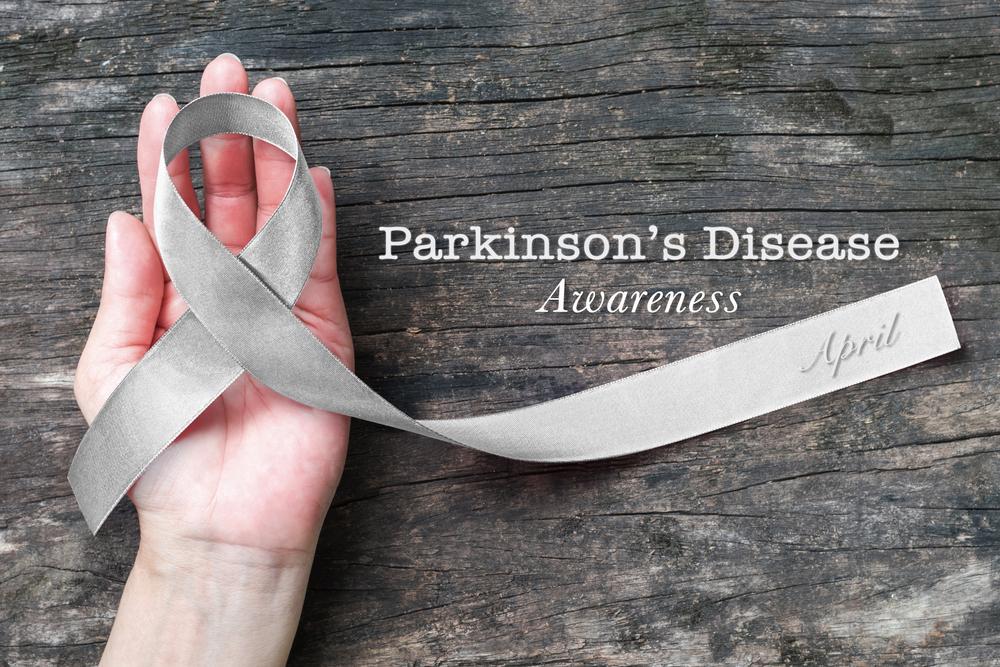Comprehensive Guide to Eosinophilic Asthma: Symptoms, Diagnosis, and Management Strategies
Eosinophilic asthma is a severe asthma subtype marked by high eosinophil levels, leading to airway inflammation. This comprehensive guide discusses symptoms, differentiation from typical asthma, diagnosis, and management strategies. Recognizing early signs and seeking specialized medical care are crucial for effective treatment and improved quality of life. Lifestyle modifications, timely medication adherence, and expert consultations form the cornerstone of managing this challenging condition, especially for adults over 25 who may experience asthma that resembles COPD. Early intervention can prevent severe complications and promote better health outcomes.

Comprehensive Guide to Eosinophilic Asthma: Symptoms, Diagnosis, and Management Strategies
In-Depth Overview of Eosinophilic Asthma
Eosinophilic asthma (EA) stands out as a particularly severe and relatively rare subtype of asthma, distinguished by an abnormal elevation of eosinophils — a specific type of white blood cell integral to the immune response. Normally, eosinophils play a protective role against parasitic infections and contribute to immune regulation. However, in EA, excessive eosinophil accumulation in the airways triggers persistent inflammation, airway narrowing, and swelling, which severely impair breathing function. This condition complicates standard asthma treatment, often requiring specialized approaches for effective management.
EA affects approximately 5% of adult asthma cases globally, making it less common but notably more severe in its manifestation and response to therapy. Despite ongoing research efforts, the exact etiology of eosinophilic asthma remains elusive. It is believed to involve a complex interplay of genetic predispositions, environmental factors, and immune system dysregulation. Due to this uncertainty and limited treatment options, early diagnosis and tailored management strategies are critical for improving patient outcomes.
Recognizing the unique features of eosinophilic asthma is essential for timely and accurate diagnosis. Unlike typical asthma, which often begins in childhood and is heavily associated with allergen exposure, EA tends to develop in adults, especially those over 25 years old. The presentation of EA may closely resemble chronic obstructive pulmonary disease (COPD), with symptoms like persistent shortness of breath, chest tightness, and cough. Due to its resistance to conventional inhaled corticosteroids, identifying EA requires careful medical evaluation and specialized testing. Early detection and intervention are vital to prevent severe complications and improve quality of life.
Distinguishing Eosinophilic Asthma from Classic Asthma
Classic asthma typically originates during childhood and is strongly linked with allergen sensitivities such as pollen, pet dander, or dust mites.
It predominantly involves airway inflammation characterized by wheezing, coughing, and responsiveness to inhaled corticosteroids.
Conversely, EA mainly affects adults and may develop without evident allergy triggers.
Its symptoms often mimic COPD, including severe shortness of breath and diminished lung function, and may not respond favorably to standard asthma medications.
When to Seek Medical Attention for Suspected EA
Persistent or worsening shortness of breath
Chest tightness that does not resolve
Recurrent sinus infections or nasal polyps
Continuous wheezing and coughing
Loss of smell or chronic sinusitis
If any signs escalate, especially with difficulty breathing or cyanosis (blue lips), immediate emergency care is necessary. Recognizing early symptoms and consulting healthcare professionals promptly can significantly reduce risks of severe exacerbations and hospitalizations.
Effective Self-Management Strategies for Eosinophilic Asthma
Annual influenza vaccinations are crucial to reduce infection-related triggers that can worsen symptoms.
Maintaining a healthy weight through balanced nutrition and engaging in regular cardio exercises can bolster lung capacity and immune defense.
Monitoring dietary habits to avoid potential allergens or irritants is recommended.
Ceasing smoking is one of the most impactful steps to prevent further lung damage and inflammation.
Keep a detailed symptom diary to track flare-ups and share this information with your healthcare provider.
Strict adherence to prescribed treatments and regular medical check-ups ensure optimal disease control.
Healthcare Providers Specializing in EA Treatment
Primary care pulmonologists are typically responsible for diagnosing and managing EA due to its complex respiratory and immunological nature.
Allergists and immunologists may also be involved, particularly if allergy testing reveals contributory sensitivities.
Ensuring proper diagnosis and personalized treatment plans can significantly improve prognosis. Regular consultation with medical specialists allows tailored interventions and effective management of eosinophilic asthma.





